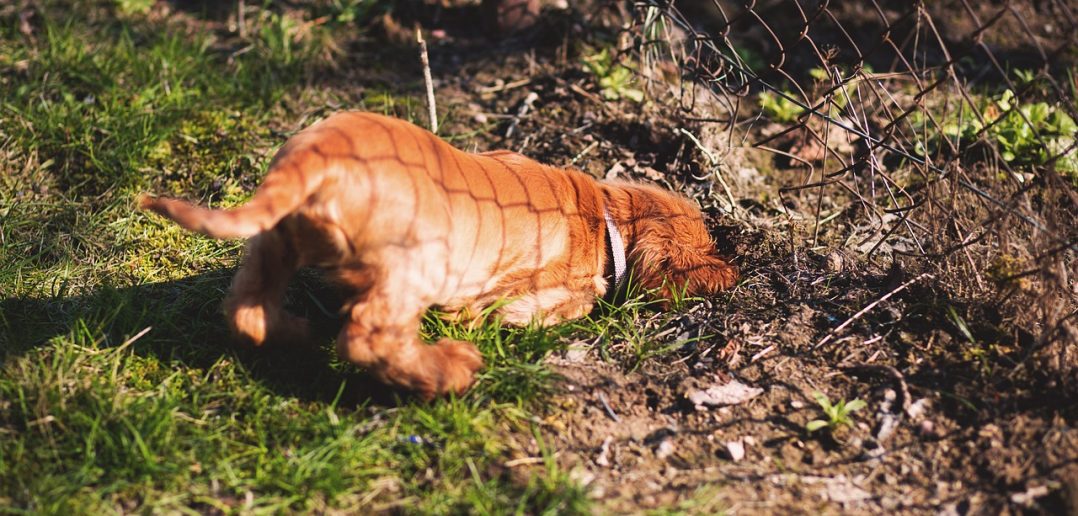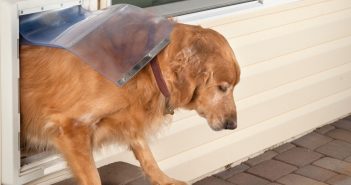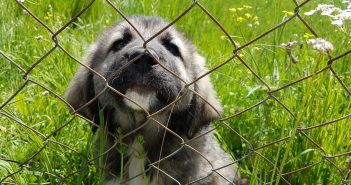Having a dog is a great experience, and it’s one that many people share. They’re animals who will always love you unconditionally, so naturally, in return you want to give your dog the best life possible. Things like dog beds and toys are great and can make a dog’s life so much better, but their lives will only really improve when you start to pay attention to the details of their routine.
How much time does your dog spend outside? Some people prefer to let their dog roam outside for most of the day, while others rarely take their dogs out of their front door. No matter how much your dog is outside, you still should have a yard that’s right for your dog. Designing the perfect dog-friendly landscape is easy after considering a couple of things before you start.
1. Figure Out Their Personality
Every dog has a different personality, much like humans. What they like and dislike must be considered before any changes are made to your yard. Does your dog like to dig or chew on things? Do they enjoy swimming? Some dogs genuinely don’t like spending much time outside and others do.
The answers to these questions will affect how you design your yard and what your dog does in it. Think about these things carefully and talk with other dog owners whose dogs are happy outside. Get as much information as you can about what your dog might like so you know what projects to tackle first.
2. Create a Dog Zone
This is extremely important for those who have a landscaping crew regularly take care of their yard or who have lots of bushes and other plants. Not all foliage is dog-friendly, which means that your dog might not be able to play around certain parts of your yard. Carefully check the kinds of plants you have on your property and make sure they’re in no way harmful to dogs.
To be safe, it’s best to create a dog zone where you’d like your dog to be when they’re outside. This will be a small section of your yard that’s big enough for them to have space to play in. Think about things like if the terrain you’ve chosen gets muddy easily or if it’s a safe spot for your dog to be. It should be a spot off limits to pesticides and other dangerous yard products or plants.
3. Install a Fence
Fences are crucial for anyone wanting to let their dog enjoy their backyard. They’re practical because they keep animals out that shouldn’t be on your property, and they also add a nice touch of design to a project you’re already going to put so much of your time and effort into.
Before you make any drastic landscaping changes to your yard, consider adding fences around play areas, especially play areas for pets. They’ll be kept safe inside their designated spot in your yard, and you won’t feel obligated to make your entire property pet-friendly. You can add things like a pool or different plants wherever you like, while keeping your pet protected inside their fenced off area.
4. Consider a Potty Area
If your dog mainly goes outside to use the bathroom, you may want to create a potty area for them to use. You’ll save your grass and shrubs a lot of trouble since dog urine has a high pH level that hurts plants. You can easily build a potty area for your backyard and personalize it so it fits anywhere and looks however you want it. Your dog will be happy to know where to go and you’ll enjoy the look of your undamaged lawn.
Not many people think about landscaping for their dog, but it’s something every dog owner should think about. Even if your dog doesn’t go outside very often, there are ways you can help protect them and let them enjoy the outdoors even more. Consider the personality of your dog and what they like to do outdoors, and then switch up your yard to be more dog-friendly. It’s easy to do and will thrill your dog to no end!




